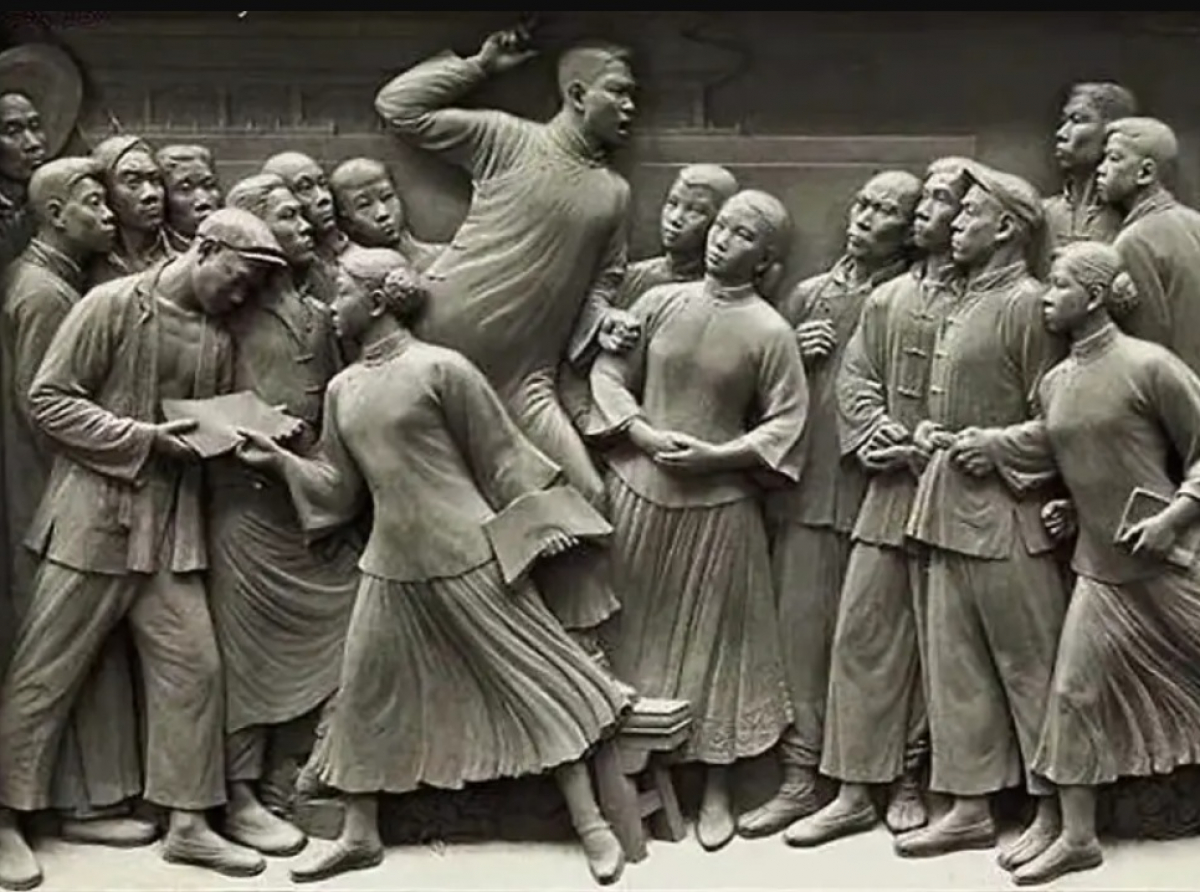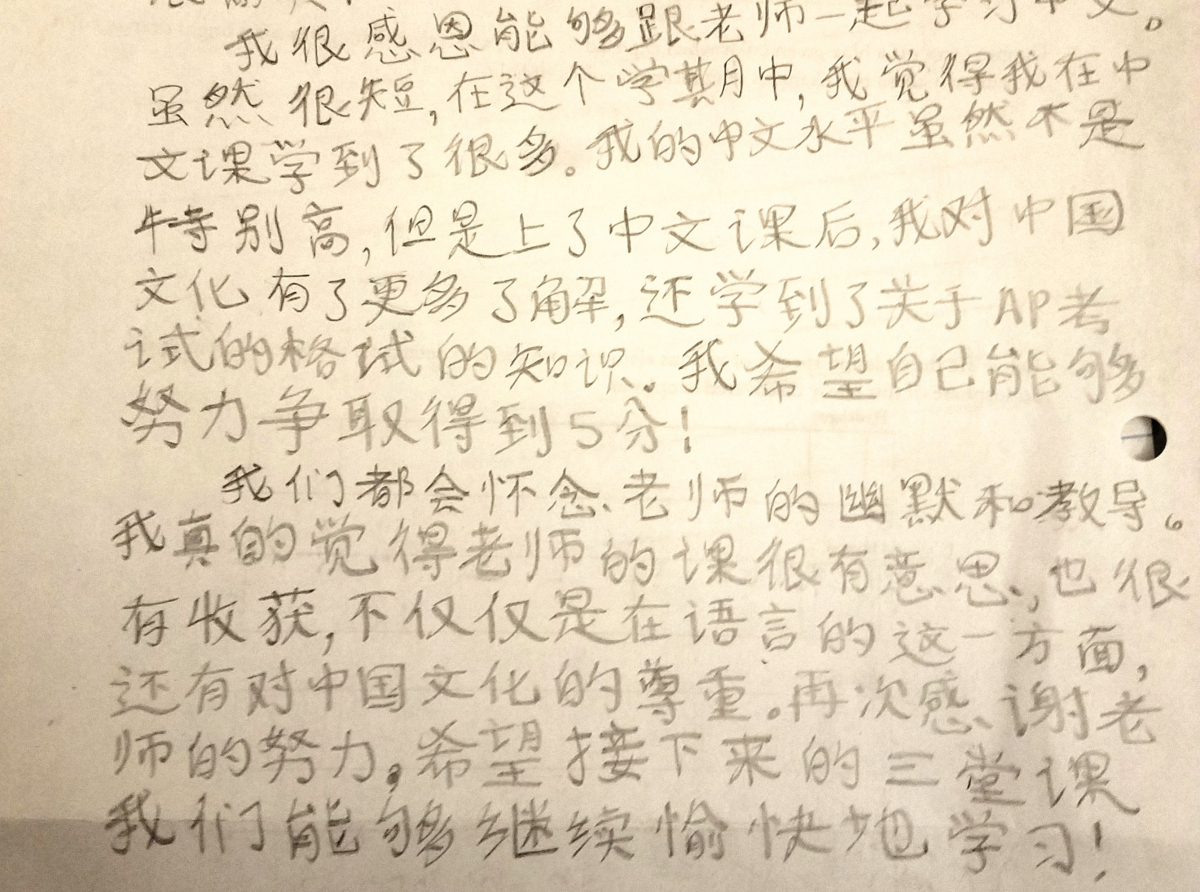[中文版本]
As the warm spring breeze caressed our faces, many of those around us held celebratory traditions commemorating their legacy and cultures; in the past month, Islamic devotees completed their demanding fasts, Jewish compatriots had their Seder meals after sunset, and Christians honored the resurrection of Jesus with Easter service as well. However, on the opposite side of the world, in the country of the golden stars and crimson flag, the sunny weather of the approaching May means something different: the May Fourth Movement.
As to its name, the movement celebrates a pivotal event in Chinese history that happened on May 4th, 1919. 106 years ago, in the same warmth of the sun, over 3000 students, led by those from Peking University, marched in Beijing, flying banners and flags over their heads. The sole objective of the students was to protest against the Chinese government and their compliance with the Treaty of Versailles, which decided to transfer German-occupied territories in China's Shandong province to Japan. Coupled with the accumulated pressure of the previous century-long spheres of influence by foreign nations, the young, radical intellectuals viewed this decision, despite China's support for the Allies, as a betrayal by Western powers and a failure of Chinese governance.
Intertwined with the preceding New Culture Movement, the two advocated for the rejection of traditional Confucian values and the adoption of Western ideals for scientific reasoning, political freedom, and a shift in authority. Such opposition to the republican nationalists and imperialism laid the groundwork for communism and anarchism, inspiring Chen Duxiu and Li Dazhao in founding the Chinese Communist Party.
The May Fourth Movement’s significance lies in its opposition to imperialism, which awakened China’s modern national consciousness and patriotism; its opposition to traditional Confucianism and authoritarian values, marking the awakening of freedom, democracy, and science; and its initiative led by the young people, terming the “May Fourth Youth” as a spiritual symbol of the pursuit of progress and the courage to criticize. Nowadays, this movement is commemorated every year, and May 4th is known as “May Fourth Youth Day” in China. Commemorated annually, this movement is indispensable to China's national consciousness and identity today.








